1.A Renewable Future: Wood Pulp Paper Cups Lead the Way in Eco-Friendly Materials
1.1 Harnessing the Power of Renewable Resources
Wholesale disposable paper cups are revolutionizing the packaging industry through their reliance on wood pulp—a natural, renewable resource derived from trees. Unlike petroleum-based plastics, wood pulp can be harvested through sustainable forestry practices and replenished over time. This renewable nature significantly lowers the strain on finite natural resources and contributes to a circular economy where materials can be reused or returned to the earth without lasting damage.
1.2 Minimizing Long-Term Environmental Impact
Traditional plastic cups, derived from fossil fuels, are notoriously difficult to decompose and often remain in the environment for hundreds of years, contaminating soil and water systems. In contrast, paper cups made from wood pulp biodegrade naturally, breaking down into organic material within a relatively short time. This critical difference helps curb the rising threat of plastic pollution and positions paper cups as a responsible alternative.
1.3 Combating Resource Overuse with Sustainable Sourcing
By prioritizing wood pulp from sustainably managed forests, manufacturers ensure that the production of disposable paper cups does not contribute to deforestation. Modern forest management practices, including replanting and ecological impact assessments, allow for consistent pulp supply without ecological degradation. This approach supports both economic demand and long-term environmental stability, offering an ethical solution to global packaging needs.
2.Greener Production, Cleaner Planet: The Low-Impact Manufacturing of Paper Cups
2.1 Reduced Emissions Through Efficient Manufacturing
The production process of wholesale disposable paper cups is inherently more environmentally friendly than plastic alternatives. From pulping to molding, the paper cup supply chain consumes less energy and emits fewer pollutants. This results in a significantly reduced carbon footprint during manufacturing, aligning with global goals to lower industrial emissions and fight climate change.
2.2 Lower Carbon Footprint Through Natural Materials
Wood pulp production emits substantially less carbon dioxide than the fossil fuel-intensive processes required to produce plastics. Paper cup manufacturing avoids the large-scale release of greenhouse gases, making it a more climate-responsible choice. By reducing reliance on oil-based polymers, companies not only lower their environmental impact but also contribute to mitigating global warming.
2.3 Waste Reduction and Process Optimization
Innovations in paper cup production have led to cleaner processes, including efficient water usage, minimal chemical treatments, and waste material recycling. These improvements reduce both energy consumption and byproduct emissions, making paper cup manufacturing a key contributor to the green transformation of the packaging sector.
3.Sustainable Solutions for a Changing World: Degradability, Market Readiness, and Consumer Trust
3.1 Natural Degradability Reduces Pollution Load
One of the most defining environmental advantages of paper cups is their ability to decompose naturally. Unlike plastics that persist for centuries in landfills and oceans, paper cups break down quickly under microbial action. This property dramatically reduces the ecological burden, preventing long-term pollution and contributing to cleaner land and marine ecosystems.
3.2 Meeting the Demands of Policy and Public Opinion
Governments around the world are enacting stricter regulations to combat plastic waste, including bans and taxes on single-use plastics. Disposable paper cups meet these new legal standards and are rapidly gaining favor in both public and private sectors. Their compliance with environmental laws positions them as the go-to alternative for businesses navigating the evolving regulatory landscape.
3.3 A Strategic Move for Green Branding and Market Growth
Adopting biodegradable, wood pulp-based paper cups allows companies to align with consumer values and demonstrate environmental responsibility. Green packaging not only appeals to eco-conscious consumers but also enhances a brand’s image, contributing to stronger customer loyalty and long-term profitability. In a competitive market, environmentally friendly products are no longer optional—they are essential.

 English
English Español
Español عربى
عربى
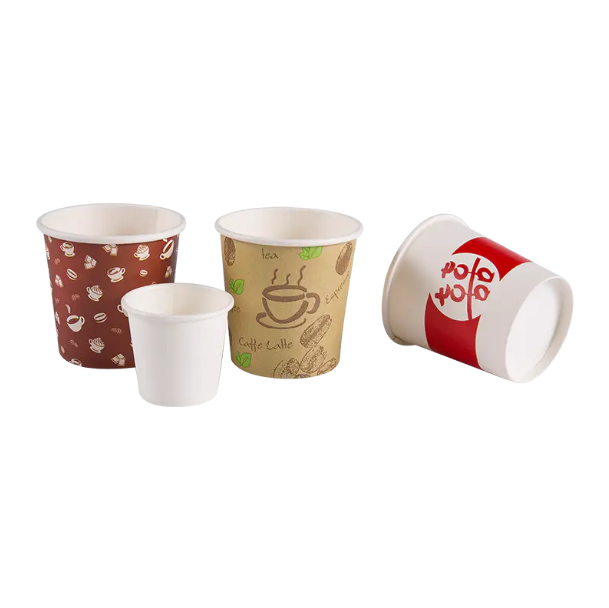
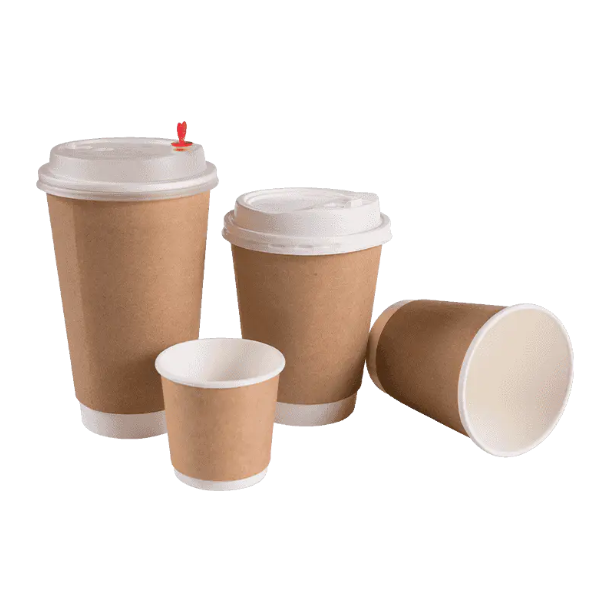
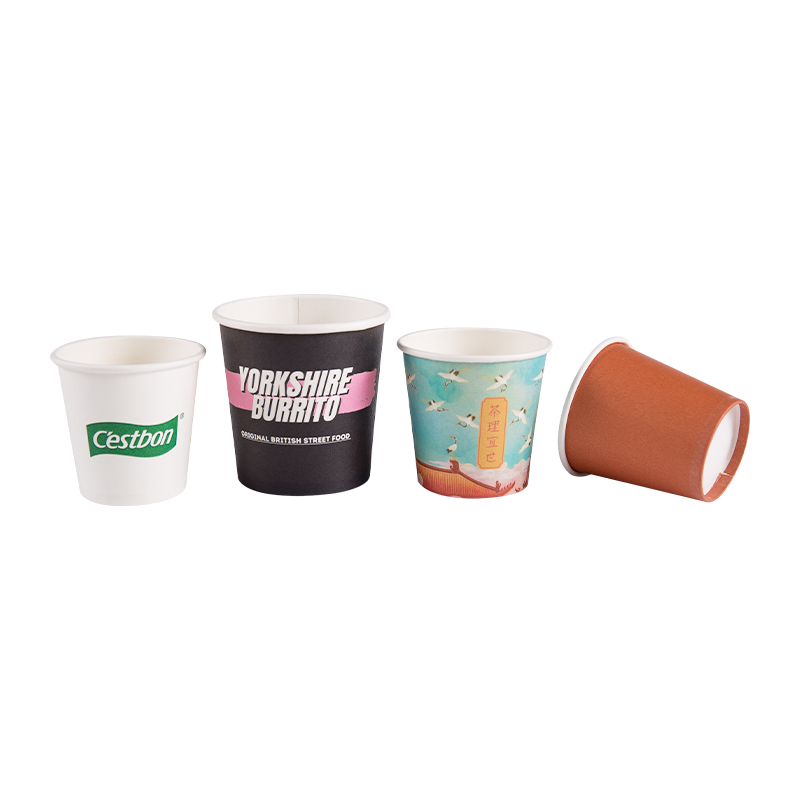
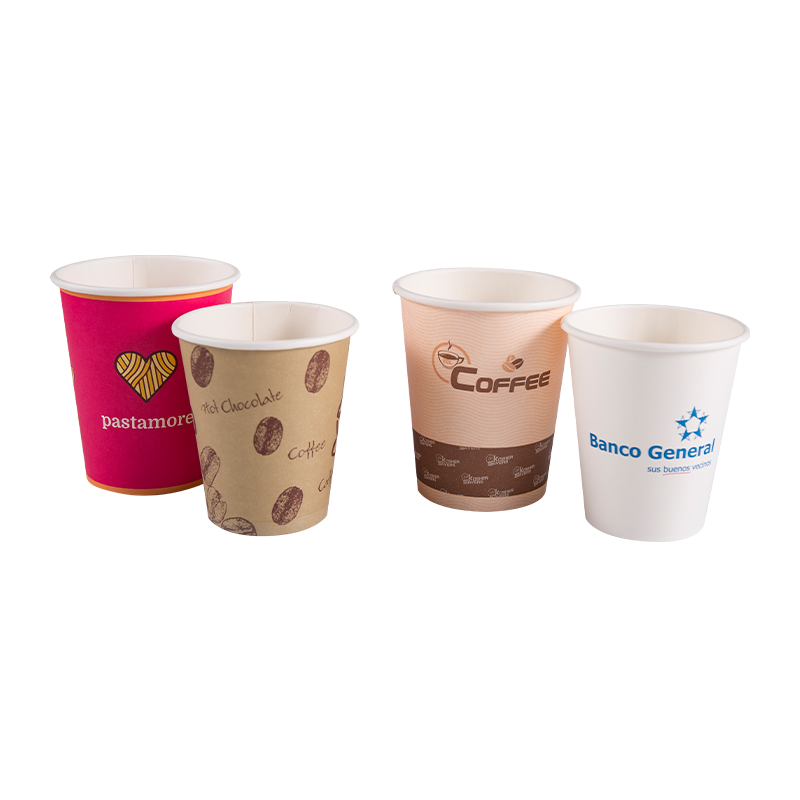
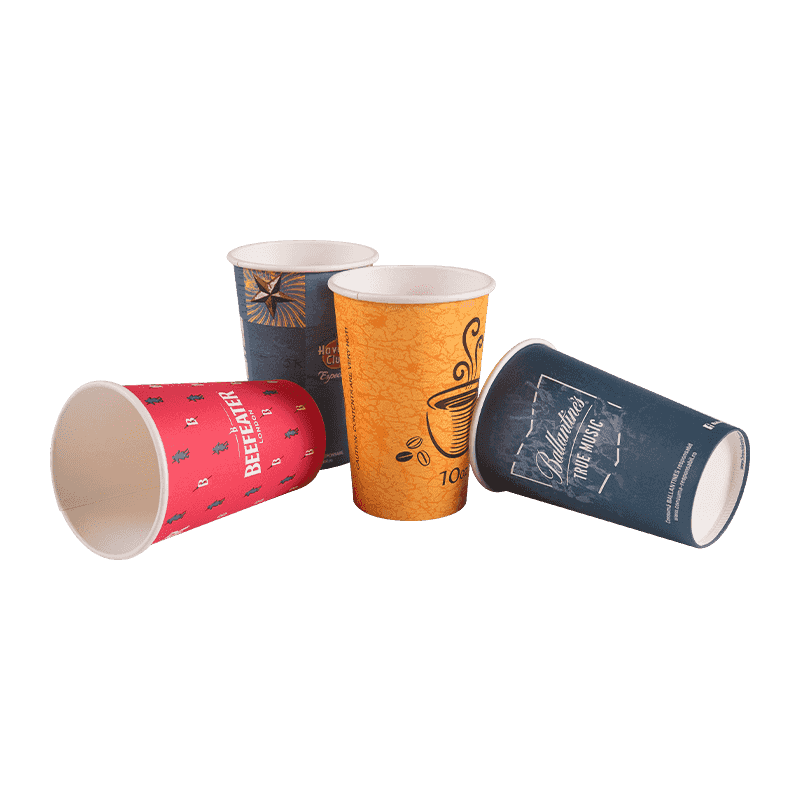
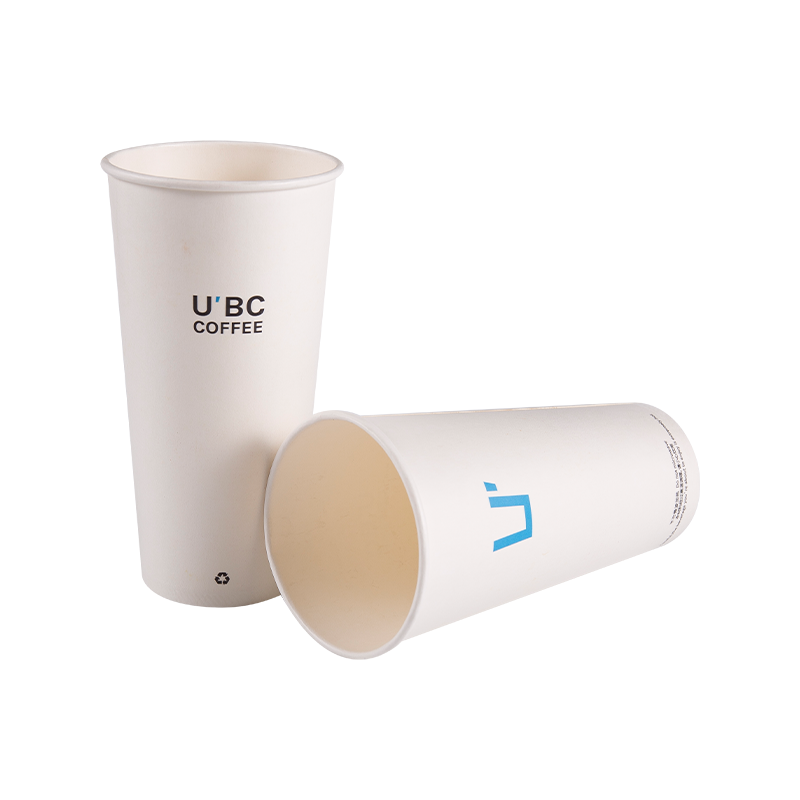
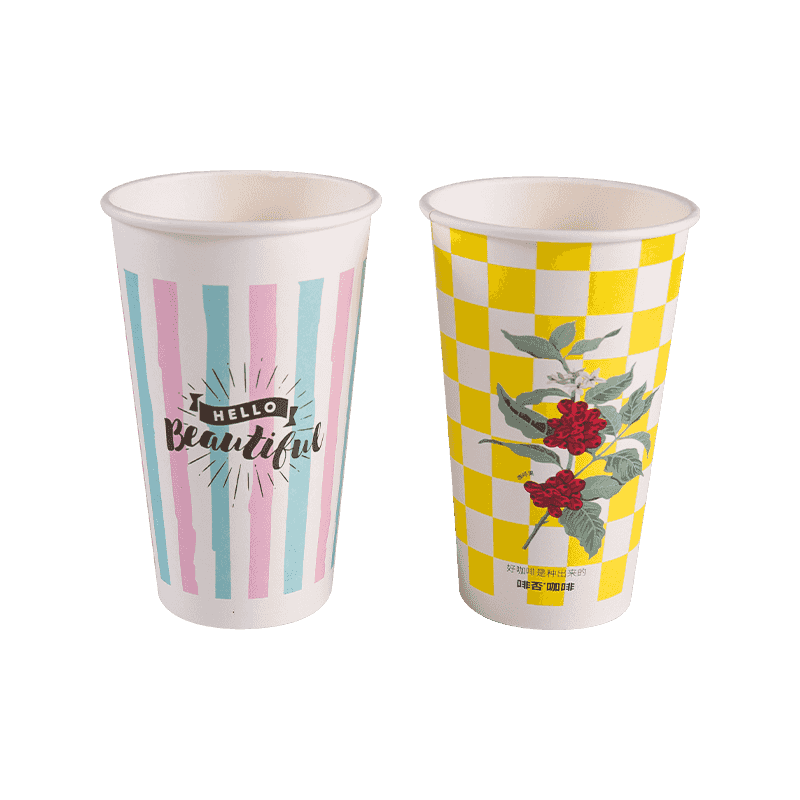

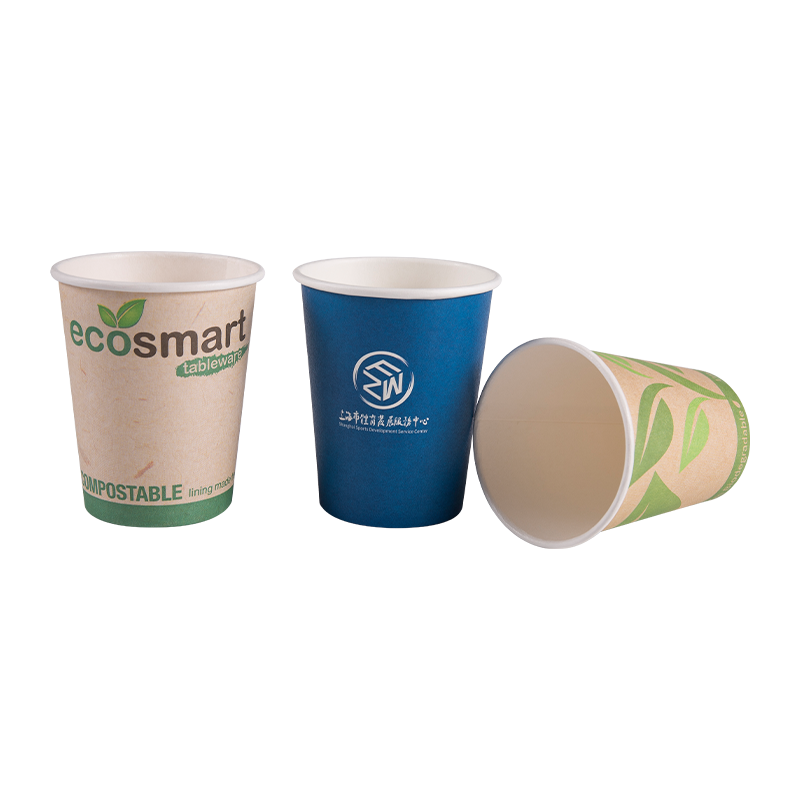
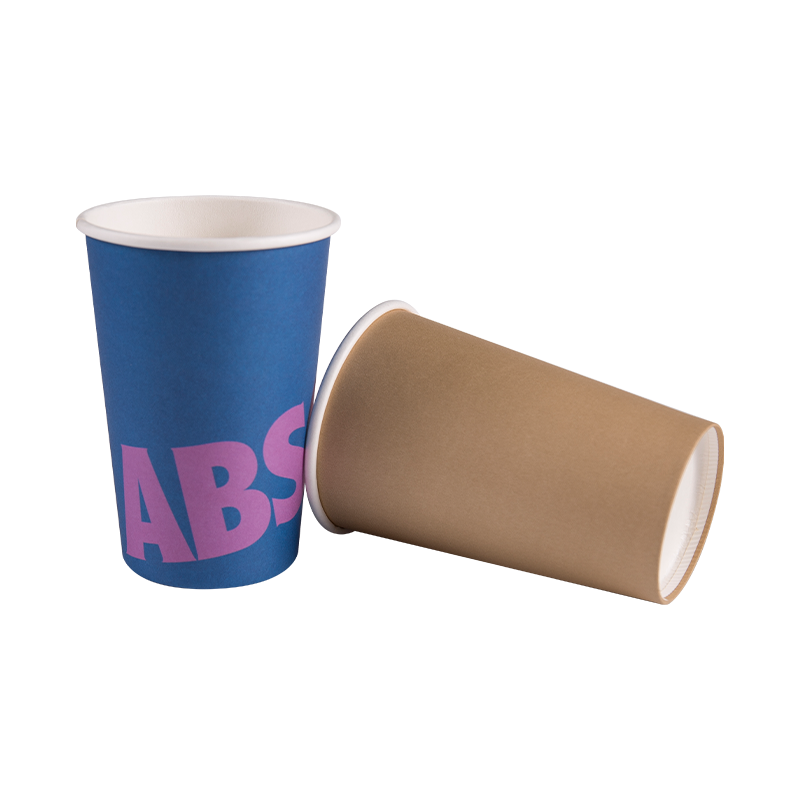

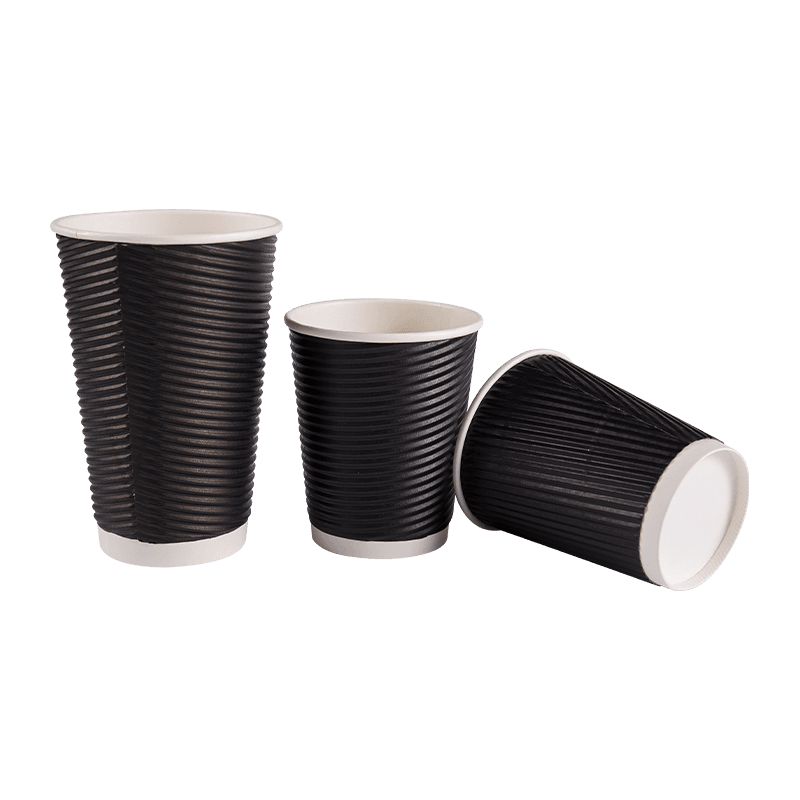

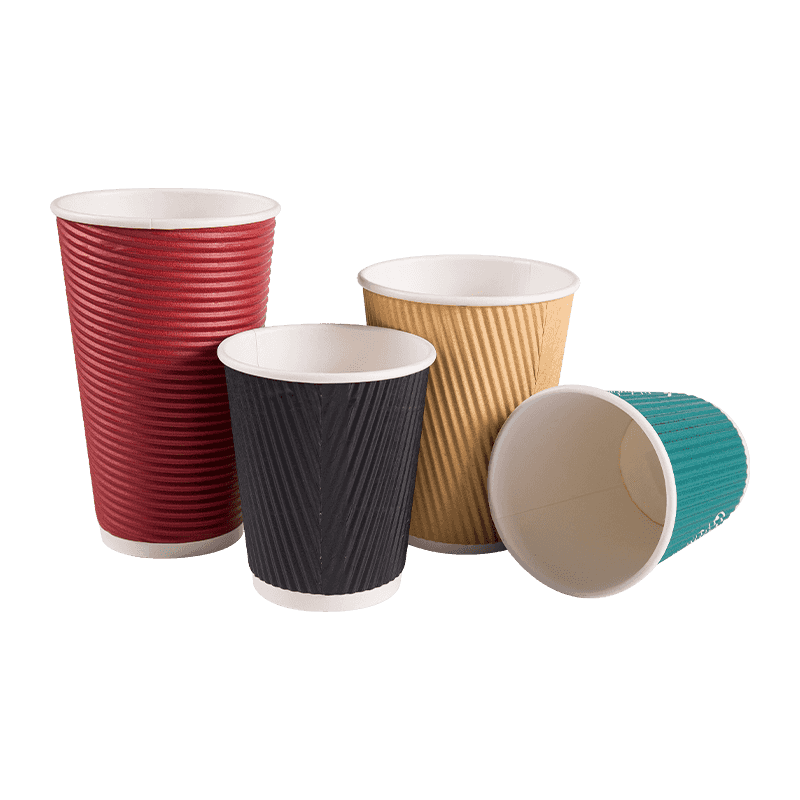

 +86-0563-8029081
+86-0563-8029081
 +86-0563-8029081
+86-0563-8029081 No. 12 Sanxi Road, Xinqiao Development Zone, Jingde Country, Xuancheng City, Anhui Province.
No. 12 Sanxi Road, Xinqiao Development Zone, Jingde Country, Xuancheng City, Anhui Province.